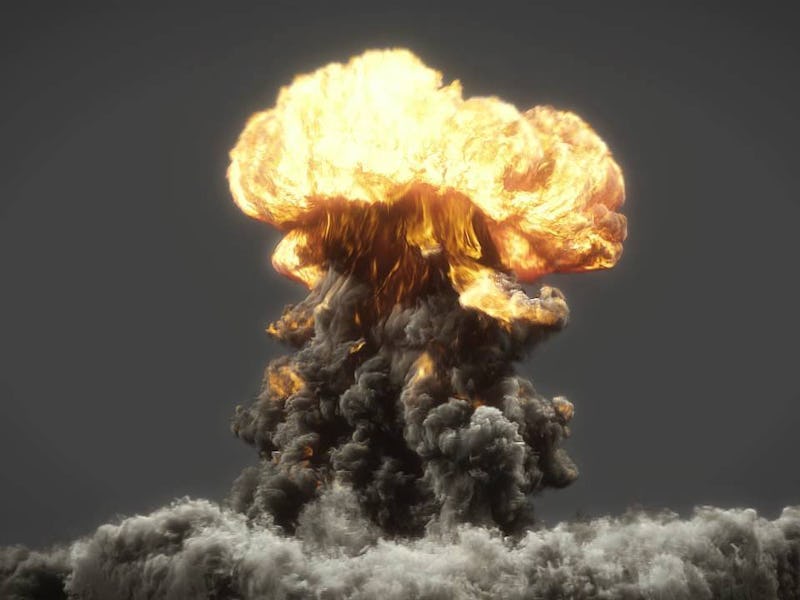How Wavelet Turbulence Blew Up Hollywood One Explosion at a Time
UCSB Professor Theodore Kim thinks in spirals and Spielberg follows his logic.

Theodore Kim is an unlikely Oscar winner. The University of California Santa Barbara professor (currently on leave to work at Pixar) specializes in modeling physical phenomenon mathematically. What makes Kim’s work compelling to filmmakers — and action filmmakers in particular — is that his algorithms can be plugged into rendering programs to simulate explosions and billowing smoke not just more realistically, but faster than previous models. By limiting render time and making simulations more customizable for filmmakers, his math, which centers on the idea of Wavelet Turbulence, empowers filmmakers to perfect their explosions.
But what exactly is Wavelet Turbulence? Essentially, it’s an idea Kim developed at Cornell that large swirls of smoke behave in somewhat predictable ways and that the smaller swirls of smoke within those larger swirls can be mathematically controlled. As FumeFX, one of the production products that harnesses the algorithm, puts it: “This method increases fluid detail level but at the same time, it keeps the motion from the original low detail simulation unchanged.”
The process, described above and in this excellent video from Fig. 1, has been eagerly adopted by Hollywood. Wavelet Turbulence co-starred in the helicopter scene in Iron Man 3, the final sequence of Monsters vs. Aliens, and the train crash in Steven Spielberg’s Super 8. Industrial Light and Magic is all in on this one so expect Kim’s algorithm to have a bit part in the new Star Wars films as well.